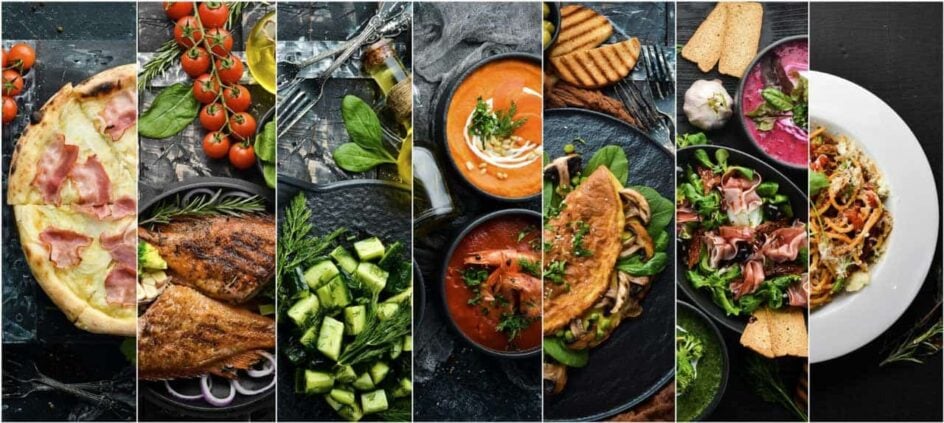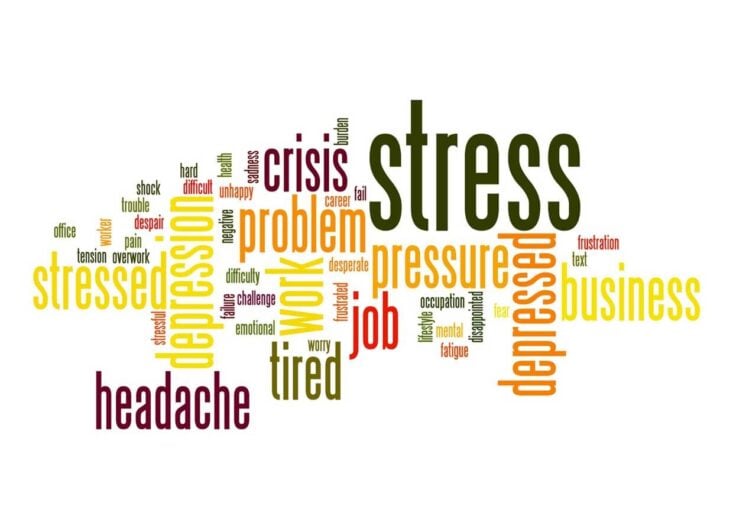Everywhere we turn, we’re bombarded with messages about what we should and shouldn’t eat. What our bodies should look like, and how we should feel about ourselves based on those things.
It can be overwhelming, isolating, and downright dangerous. But there’s one easy tool that has helped me to maintain a healthy relationship with food: affordable high speed internet.
The Role of High-Speed Internet in Promoting a Healthy Relationship with Food
The internet has revolutionized the way we access information about nutrition and health. We can now access a wealth of information from a variety of sources in real time. This has been a game-changer for those of us who are trying to heal from disordered eating.
It helps a lot to develop a healthier relationship with food. With a few clicks, we can find evidence-based information about health. We can get up-to-date information about nutrition, and mindful eating techniques.
We can also connect with others who are going through similar struggles. There are many virtual platforms where you can connect to online support groups or social media communities.
The Importance of Affordable Internet Service in Promoting Access to Nutrition Resources
Of course, not everyone has access to high-speed internet. In fact, the digital divide is a major issue in many parts of the world, particularly in rural or low-income areas.
This can make it difficult for those who are already marginalized to access the resources they need to develop a healthy relationship with food.
That’s why it’s crucial for internet service providers to make their services both reliable and affordable. So that everyone has equal access to the tools they need to focus on their health and well-being.
The benefits of virtual support groups and online communities for those in recovery from disordered eating With good internet, it becomes easier to connect with people who are going through similar experiences. Online communities and support groups can be a lifeline for those in recovery.
They provide a safe space to share our experiences or ask for advice. It becomes easier to receive support from people who understand what we’re going through. These communities can also help to combat isolation. It often accompanies disordered eating. These groups remind us that we’re not alone in our struggles.
Tips for Using the Internet to Promote Healthy Eating Habits and Body Positivity
The internet can be a powerful tool for promoting a healthy relationship with food. But it can also be a double-edged sword. Social media can be a breeding ground for diet culture. With influencers and celebrities promoting harmful messages about weight loss and body size. To avoid falling into this trap, it’s important to be intentional about the content we consume online.
This might mean unfollowing accounts that trigger negative thoughts or emotions. It is wise to seek body-positive influencers who promote self-love and acceptance.
The Impact of Social Media on Diet Culture and How to Navigate It
Everyone on social media appears attractive. But young people are increasingly concerned about this kind of influence.
The idea of diet culture in the media has tainted the online environment for many. Social media can be a great tool for communities to come together and inspire one another. But with the wrong message, it can poison the entire community.
Diet culture may not seem like such a big deal to some people. But diet culture has a problem because it views healthy eating as calorie counting and restriction. It can trigger excessive work and exercise, and starvation periods that lead to malnutrition.
In reality, intuitive eating is the healthiest way to eat. Intuitive eating is the practice of being mindful of what you eat while also enjoying your favorite foods. The focus point here is eating guilt-free and without restricting any food groups.
Intuitive eating is rarely depicted in the media, and when it is, it is usually in a negative light. Diet culture trends can influence children as young as five years old. On social media, these young minds are exposed to the concepts of restrictive eating.
Childhood dieting exposure is the most common cause of the development of eating disorders later in life.
According to apa.com statistics, eight million Americans suffer from one or more eating disorders. Many of these are influenced by social media’s dieting culture. Approximately 90% of these are young girls.
Eating disorders can be fatal and have long-term consequences. It can cause hair loss, bone fatigue, increased anxiety, gastrointestinal issues, low blood pressure, and other health problems.
Nobody deserves to be in such pain. Society must learn to accept everyone, regardless of appearance.
Take Away
In conclusion, high-speed internet can be a powerful tool for promoting a healthy relationship with food. Of course, it’s important to be intentional about the content
If you or someone you know is struggling with disordered eating, consider seeking out online resources. Remember that you’re not alone. There are people and communities out there who can help you on your journey toward a healthier, happier life.















